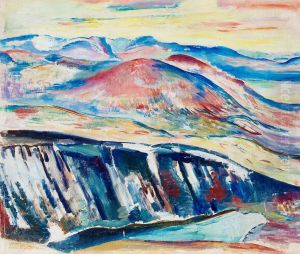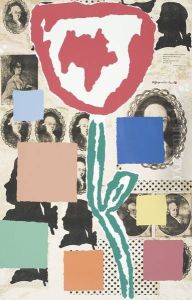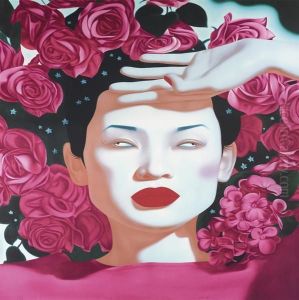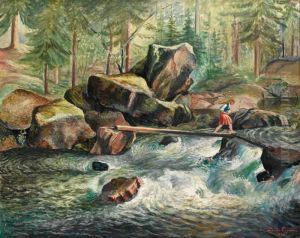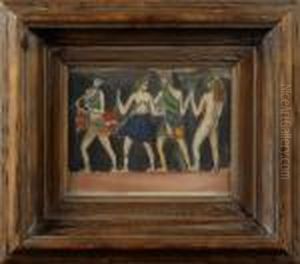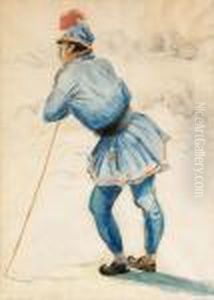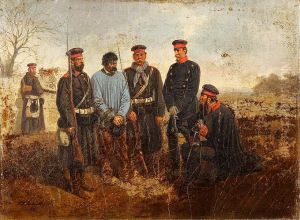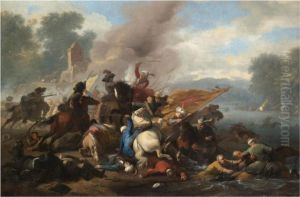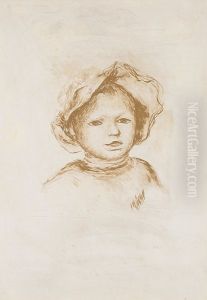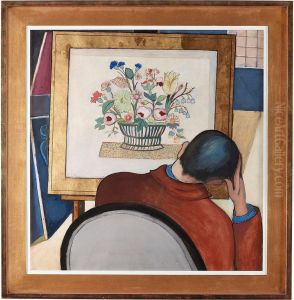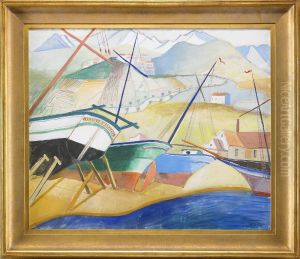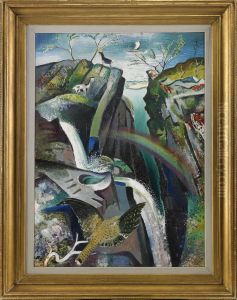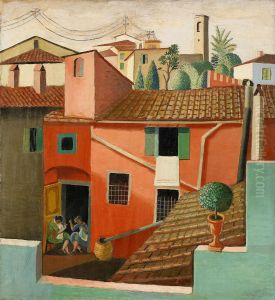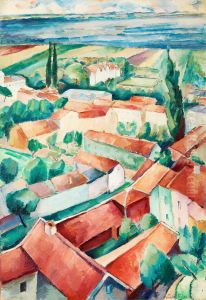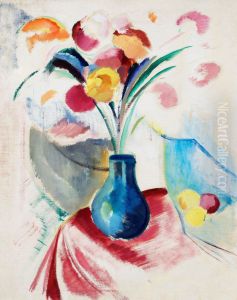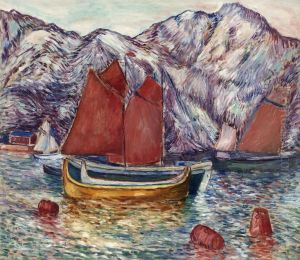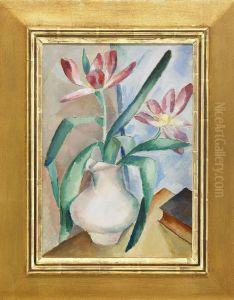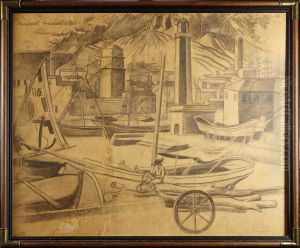Leander Engstrom Paintings
Leander Engström was a Swedish painter and printmaker, known for his contributions to the Nordic art scene in the early 20th century. Born on May 26, 1886, in Stockholm, Sweden, Engström began his artistic journey at a young age, showing a keen interest in drawing and painting. He initially studied at the Technical School in Stockholm before moving on to the Royal Swedish Academy of Arts, where he honed his skills from 1904 to 1909.
Engström's work was influenced by several contemporary art movements, including Impressionism and Post-Impressionism, but he is particularly associated with the group of Swedish artists known as 'De Unga' (The Young). This group was known for its modernist tendencies and for breaking away from the academic traditions of the time.
Throughout his career, Engström experimented with various styles and techniques, including woodcuts and etchings. His subject matter was diverse, ranging from landscapes and urban scenes to portraits and nudes. Engström had a bold use of color and was adept at capturing the mood and atmosphere of his chosen subjects.
Tragically, Leander Engström's life and career were cut short when he died on April 17, 1927, at the age of 40. Despite his early death, Engström's work left a lasting impact on Swedish art, and he is remembered as a significant figure in the development of modernist art in Sweden. His works are held in high regard and can be found in various museums and collections, both in Sweden and internationally.
